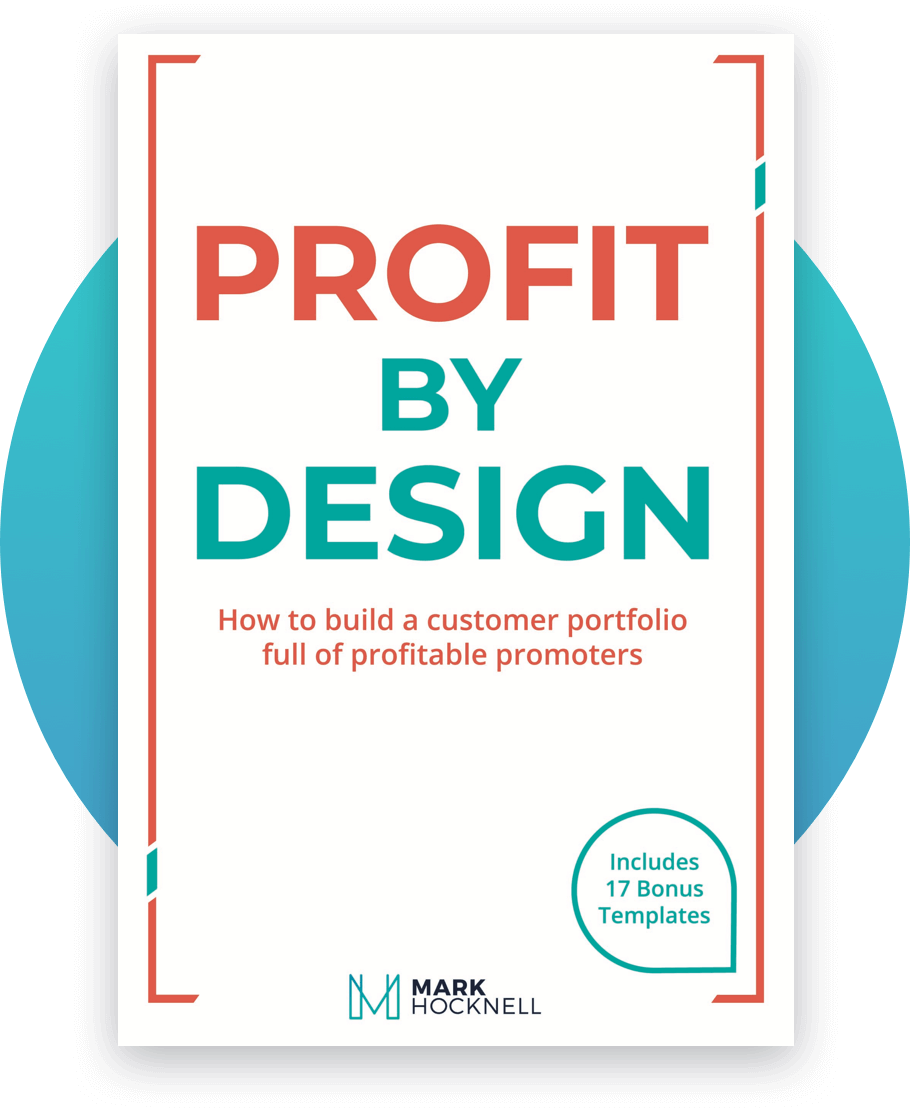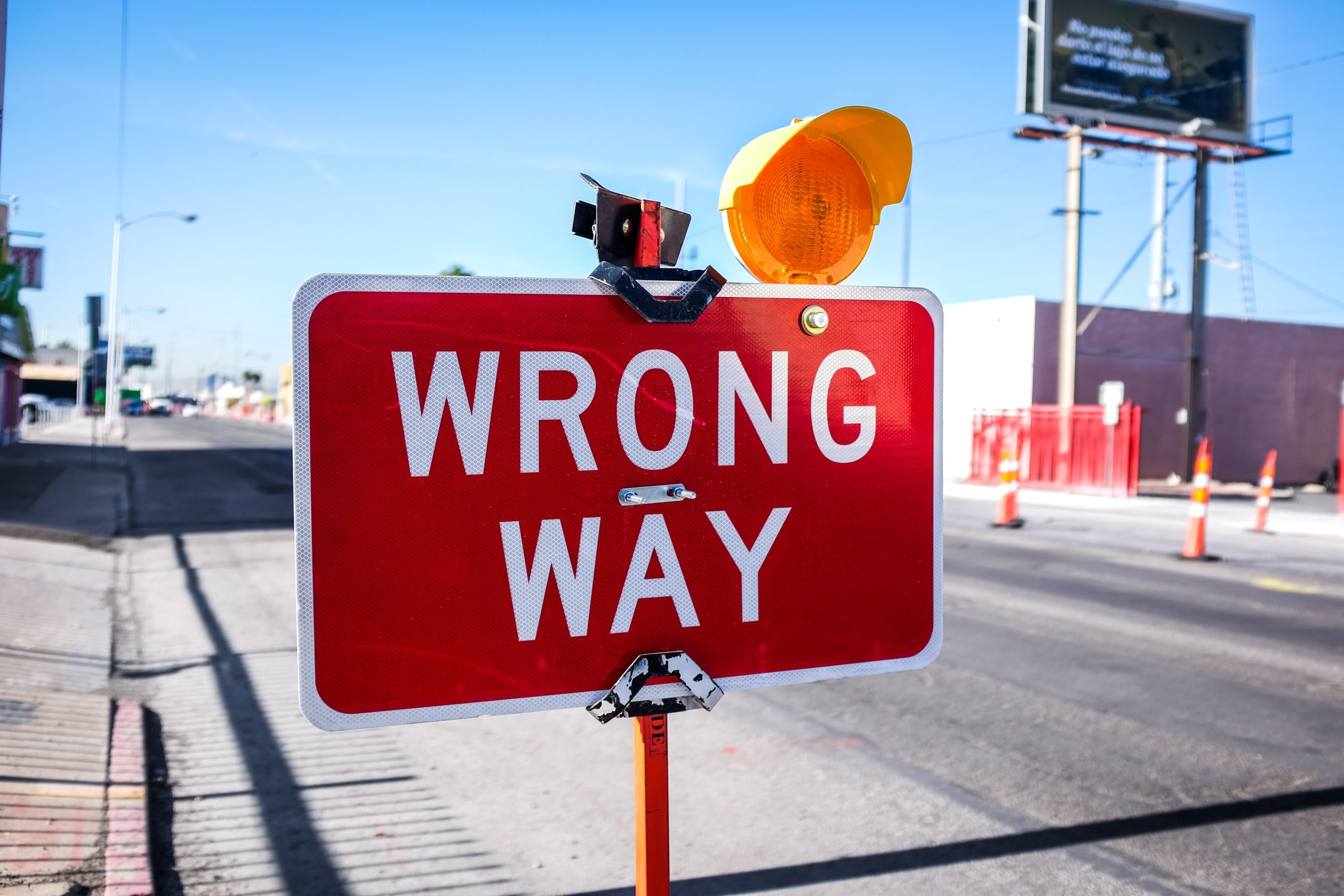The goal of organisations is to improve performance. A key enabler of this is to become a learning organisation.
By developing the organisational skill (or culture) of learning and applying this knowledge will improve the outcomes we realise.
Over time we will learn how to get better at what we do, we will understand our business and our customers better than we did previously.
However, many organisations (their culture) and leaders use the judgement of individuals in a misguided attempt to make them accountable.
These judgements prevent individuals, and the culture of an organisation, from learning. From becoming a learning organisation. Accountability becomes a tick-a-box activity.
Pursue improvement through learning
We seek to improve our performance – individually, collectively in our teams and in our organisations. Improving performance is learning how to get closer to the outcome we seek.
This is why one of the key focus for teams is psychological safety. If people feel ‘safe’ inside the organisation they will question and challenge the status quo, and this will unlock the curiosity of the people trying to solve the problems.
The Lean and Agile approaches are popular for the same reasons. They allow us to build more skill in learning, in being experimental. These approaches also allow us to develop internal processes that become cultural norms of a learning organisation.
What prevents the development of a learning approach or culture is judgement. Judgement of people. When there are consequences or criticisms attached a person’s performance, then it is perceived as a judgement.
Which prevents creating a culture focused on learning and becoming a learning organisation.
The binary problem
Too many managers and leaders live in a binary world. It is success or failure. Hit target, did not hit target. Yes or no. Reward or punishment.
However, improving performance is about progress, not a yes/no answer. Understanding how to improve performance is achieved through learning and the evidence of that improvement is seen in the performance measurement system.
Learning, rather than judgement
Organisations and teams that exist in environments where they feel safe and confident to question and challenge thinking, and where their curiosity is rewarded, can learn how to improve performance.
Learning organisations have a clear and shared outcome (or outcomes) they are working towards. Process and systems thinking are key mental models. They use action learning cycles of plan, do, check and act – where performance measures are providing feedback and data for checking the impact of their actions, not for personal judgement.
Leaders and managers in these environments, role model humility and curiosity, they set the direction and encourage experimentation. Their performance measures are used to provide feedback on the outcomes they seek. Performance measures are used for learning, rather than judgement.
The Inner Game
The Inner Game is a “proven method to overcome self-imposed obstacles” first developed by Timothy Gallwey in the 1970’s. This method was first applied to sports, such as tennis, golf, skiing, and then applied within organisations such as AT&T and Apple. I recently came across the method through the book the Inner Game of Music (1986), co-written with Barry Green.
(There’s more on the Inner Game in this Buzzfeed article)
There are remarkable similarities between The Inner Game of individual performance and organisational performance. But firstly, let’s look at the key ideas of The Inner Game method.
The Inner Game method
“In every human endeavour there are two arenas of engagement: the outer and the inner. The outer game is played on an external arena to overcome external obstacles to reach an external goal. The inner game takes place within the mind of the player and is played against such obstacles as fear, self-doubt, lapses in focus, and limiting concepts or assumptions.”
Think about those external goals that you, or your organisation are trying to achieve.
The extent to which you can achieve your goals is dependent on how you ‘play’ the inner game.
Likewise, with organisations, the extent to which those external goals, objectives or outcomes can be achieved is largely dependent on the inner game of the organisation. That’s why we all know culture is so important.
The Inner Game (Gallwey says), can be summarised as a formula:
Performance = potential minus interference.
Potential is our skill, ability, knowledge etc, interference is “your capacity to get in your own way”.
Performance is improved then by: growing the potential and reducing interference (either or both).
Growing potential is another conversation. Let’s talk about reducing interference.
Reducing interference
That interference often comes from a judgemental, critical voice in our heads. Reminding us of the past embarrassments and failures (probably due to those past experiences being so emotionally charged that the memory sticks, due to the connection between emotion and memory in the anatomy of our brains).
This judging of oneself, prevents us from realising our potential. The judgements weaken our resolve, question our abilities. We can judge the quality of our work, but when we judge ourselves, we do not learn, we are prevented from improving our potential.
The biggest inhibitor of performance is self-interference, either personally or organisationally.
An organisation with a judgemental culture will prevent learning and experimentation.
A judgemental culture does not create psychological safety for the people who work there.
An organisation with a judgemental culture prevents learning because people are not confident to question or challenge the current situation without adverse consequences.
Learning organisations do not have a judgemental culture.
Think Again
Organisational psychologist Adam Grant (also professor at Wharton University and a New York Times best selling author) describes it this way in this his 2021 book, Think Again. When we are judging ourselves, we might write a rough draft that articulates an idea we have. We reflect on it. Judging our-self we say, “I might be the worst writer of all time”…which leads to, “I should give up” and we throw out the draft.
Contrasted with, judging our work. We write a rough draft that articulates that idea we had. We reflect on it. Judging the work we find, “this might be the worst draft of all time”…which leads to, “I should rewrite this” which leads to the draft getting better.
Learning and improvement in cycles
When we focus on the work, we can take an iterative approach to reworking, rethinking, and fine-tuning the work. This allows us to use our innate human ability to learn and build knowledge, which is based on the Plan, Do, Check and Act cycle. The checking allows for reflection on the work.
Seeing the development of the work as a cycle allows us to take an improvement approach to the work. When we judge us – we stop the cycle and prevent the ourselves from learning.
Summing up
Organisations and teams that learn to reduce interference and increase potential, exist in environments where they feel safe and confident to question and challenge thinking, where their curiosity is rewarded.
Learning organisations have a clear and shared outcome (or outcomes) they are working towards.
They leverage from process and systems thinking.
These organisations use the Action learning cycle: of plan, do, check and act. Where performance measures are providing feedback and data for checking the impact of their actions, not for personal judgement.
Leaders and managers in these environments, role model humility and curiosity, they set the direction and encourage experimentation. Their performance measures are used to provide feedback on the outcomes they seek. Performance measures are used for learning, rather than judgement.
What do you think?
How is that judgement voice in the back of your head going…is it stopping you from learning how to improve?
How is the culture within your team? Do you feel confident to question, challenge and learn?
What does the leadership of your organisation focus on?
Read more about how to create a non-judgemental measurement system in this blog.
You may also get some value from: Let’s Ban KPIs!
Featured Image from NeONBrand on unsplash



